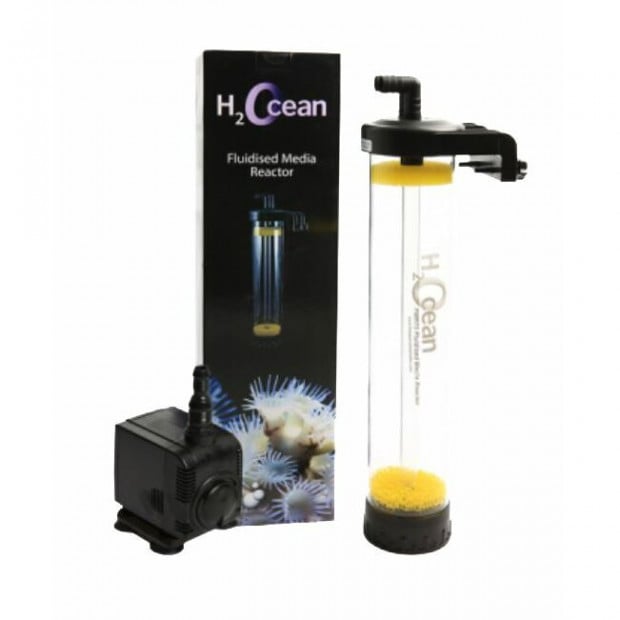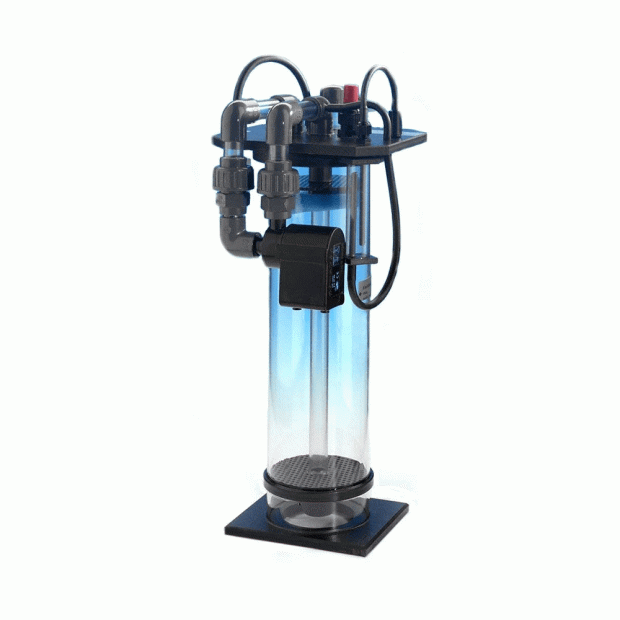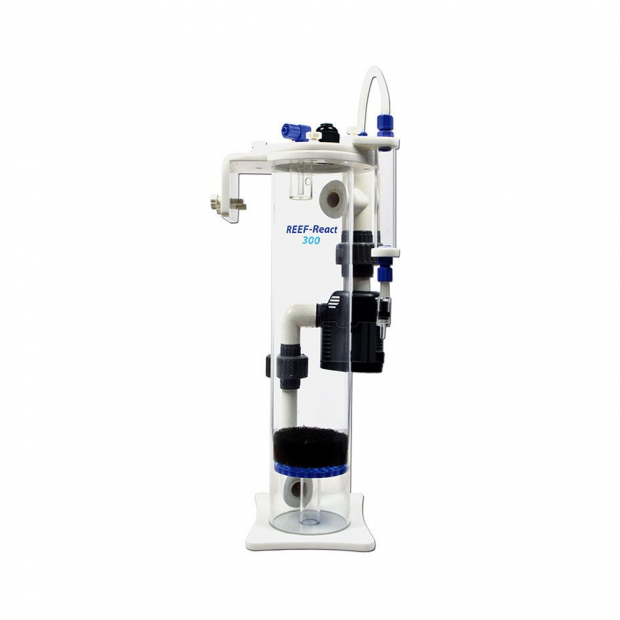Reactors
Help and advice on shopping for: Reactors
Quick and easy water treatment
Sometimes aquariums need a specific type of filtration, chemical reaction or a chemical to be added in a regular quantity. Aquarium reactors are the ultimate solution to all of these issues. Our aquarium reactors range includes lots of products from leading brands, such as CaribSea, Deltec and TMC.
What are aquarium reactors?
Aquarium reactors are chambers built into an aquarium watercourse that have water regularly pumped through them by a pump or powerhead. Within the chamber, there can be chemicals or bacteria that need to be introduced to or react with the water. As the water is held in the chamber yet still able to move around there’s a greater rate of reaction and more contact between the water and the chemicals or bacteria.
Why should I buy aquarium reactors?
Aquarium reactors are most often used in reef aquariums but they can serve a lot of different purposes. We recommend using an aquarium reactor if you need to perform conventional aerobic biological filtration, anaerobic biological filtration (also known as denitrification) or add calcium to your water. Conventional aerobic biological filtration removes harmful chemicals like ammonia. Anaerobic biological filtration converts nitrates into nitrogen gas, which improves water quality. Additional calcium is used by invertebrates, like coral, to grow and thrive.
What are the main types of aquarium reactors?
We stock four types of aquarium reactors; calcium reactors, fluidised reactors, nitrate reactors and phosphate reactors. Calcium reactors add calcium to your water which is then used by invertebrates like coral to grow. Fluidised reactors can be used for both aerobic and anaerobic biological filtration, as they are designed to house fluidised bacteria that can either be given oxygen or deprived of it. Nitrate reactors perform anaerobic biological filtration to convert the nitrates in the water into nitrogen gas. Finally, phosphate reactors are used to keep the levels of phosphates in your aquarium water low, creating a better overall water quality.
What should I look for?
All reactors need to be coupled with a pump or powerhead, to push water through the reactor. Alongside a pump, they also need adjustment taps, pipework and media to refill the reactor. You must check that all of these components are compatible with one and other to avoid damage to the reactor or your aquarium.
















